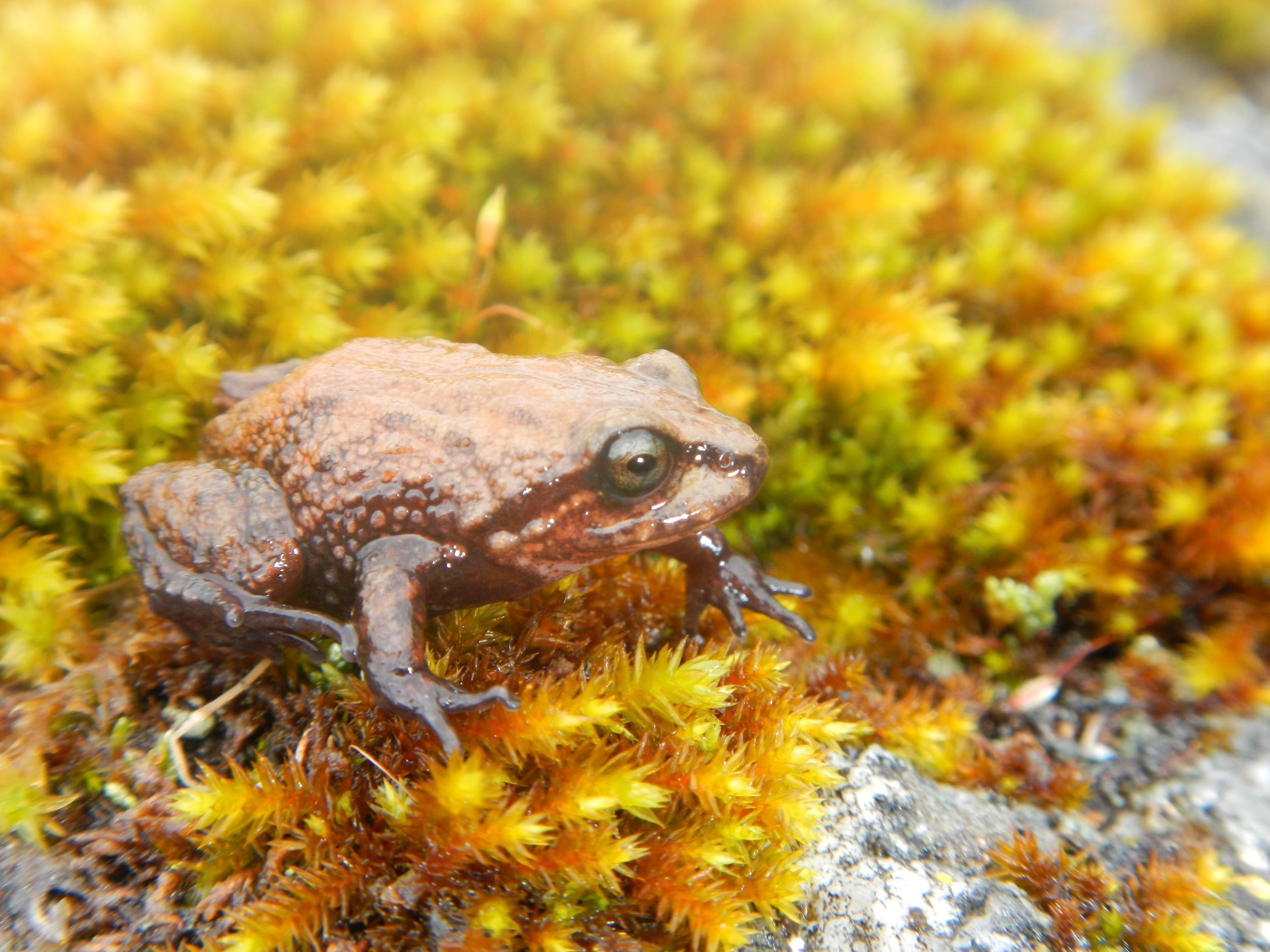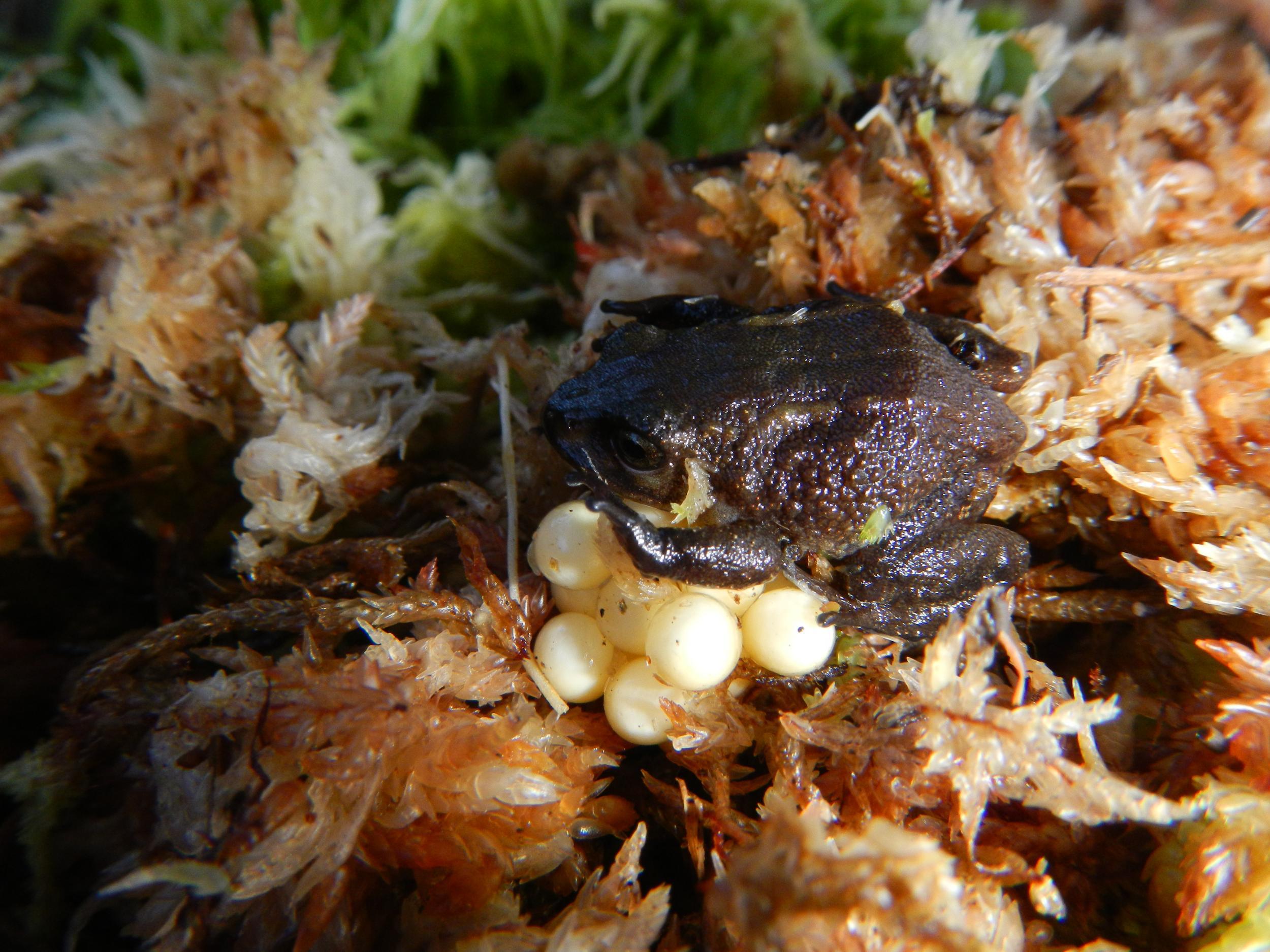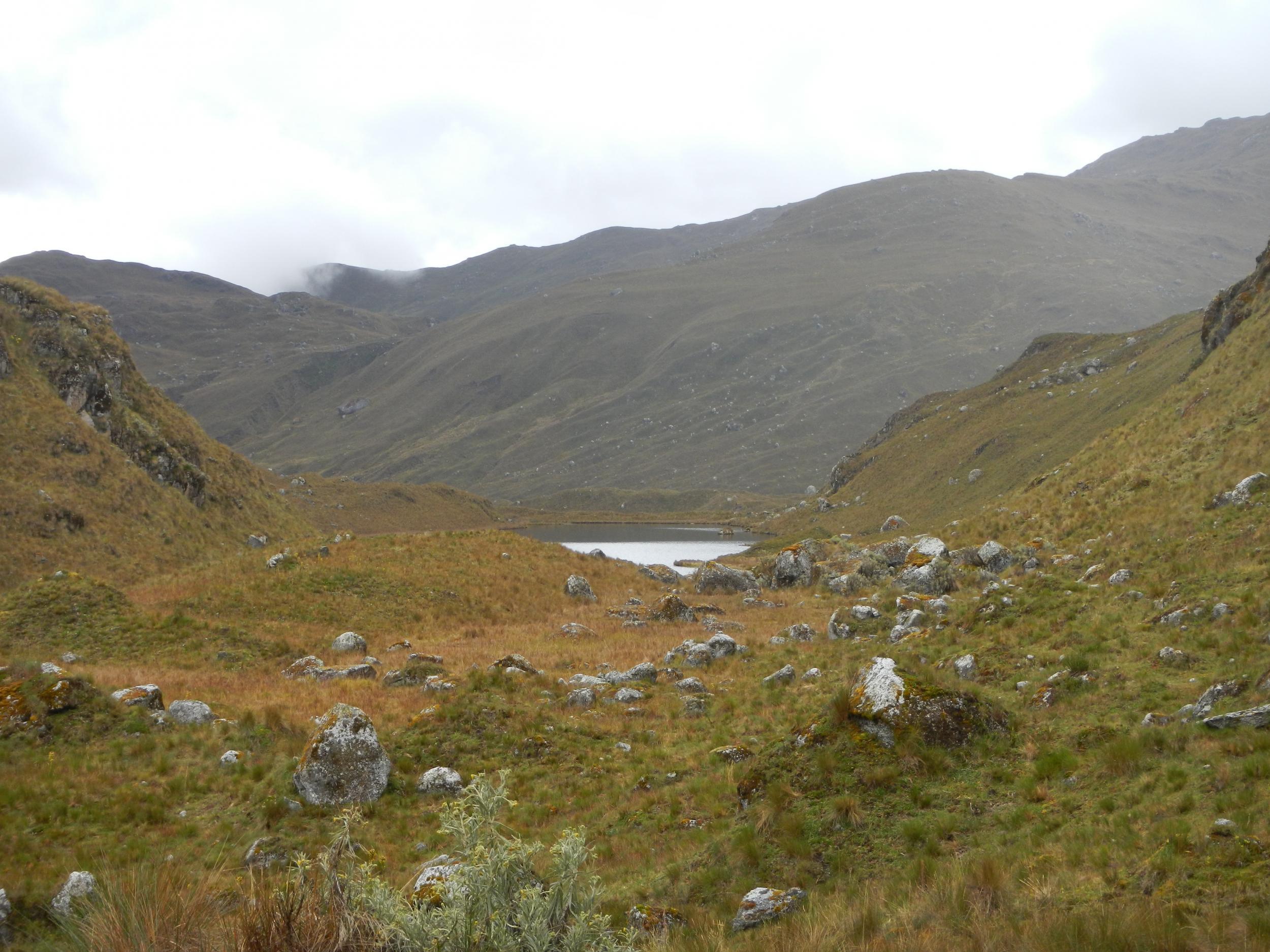David Attenborough’s frog: New Andean species first amphibian named after the British naturalist
Broadcaster, who kept a ‘beautiful’ European tree frog as a child, says he is ‘thrilled’ after species found high in the Peruvian mountains is named in his honour

Your support helps us to tell the story
From reproductive rights to climate change to Big Tech, The Independent is on the ground when the story is developing. Whether it's investigating the financials of Elon Musk's pro-Trump PAC or producing our latest documentary, 'The A Word', which shines a light on the American women fighting for reproductive rights, we know how important it is to parse out the facts from the messaging.
At such a critical moment in US history, we need reporters on the ground. Your donation allows us to keep sending journalists to speak to both sides of the story.
The Independent is trusted by Americans across the entire political spectrum. And unlike many other quality news outlets, we choose not to lock Americans out of our reporting and analysis with paywalls. We believe quality journalism should be available to everyone, paid for by those who can afford it.
Your support makes all the difference.A newly discovered species of frog – which lives high in the Andes Mountains of South America – has been named after the British broadcaster and naturalist Sir David Attenborough. Attenborough’s rubber frog, Pristimantis attenboroughi, is the first amphibian to bear his name but one of numerous different species – from beautiful flowers to a flightless weevil – to do so.
The frog, which grows to just 2.3cm long, less than an inch, was discovered by US-based scientists Dr Edgar Lehr and Dr Rudolf von May while they surveyed the mountains of central Peru between 2012 and 2014. They initially thought it was a different kind of frog, until genetic analysis showed it was a new kind of rubber frog. It was found living at altitudes of up to nearly 4,000 metres (more than 13,000 feet) and, unlike most frogs, does not produce tadpoles.

Instead the female lays eggs in moss and then guards them from potential insect predators until they hatch as fully formed baby frogs. This is thought to be an adaptation to the high altitude, where tadpoles would struggle in ponds that often freeze. Dr Lehr, of Illinois Wesleyan University, said he had not really heard of Sir David, but that all changed when he moved from Germany to the United States in 2009.
“I frequently use Attenborough material in my classes and my students love him,” he told The Independent. “This is one of the very few people I can say I deeply honour – he’s a hero for me. “What he is doing is working to create awareness of animals and nature and the need to protect it, which is very important.”
He said he had been involved in discovering 89 new species and decided to name one after Sir David after watching a TV programme in which the broadcaster celebrated his 90th birthday. “I probably should have done it much earlier,” he said. In December, Dr Lehr wrote a letter about his plans to Sir David, who responded saying he would be “thrilled”. He also revealed he had kept a European tree frog as a pet when he was a child.

Speaking to The Independent, the broadcaster said: “One of the nicest compliments one biologist can pay another is to name a new species after him. This is a very great compliment from this scientist, who I don’t in fact know personally.” He said of his childhood pet tree frog that it was “very beautiful” and he had been “delighted to have one”.
The scientists who discovered Attenborough’s rubber frog believe the species to be “near threatened” by extinction because of climate change, pollution, fires set by humans and fungal infections.
A problem shared by many species adapted for life at high altitudes is that as the temperature warms, they are not able to climb higher to remain in the conditions to which they have evolved to live in. They can also face competition from similar animals that are able to move into their territory. For example, a leopard was recently caught on camera in snow leopard territory high on the Tibetan plateau.
Join our commenting forum
Join thought-provoking conversations, follow other Independent readers and see their replies
Comments